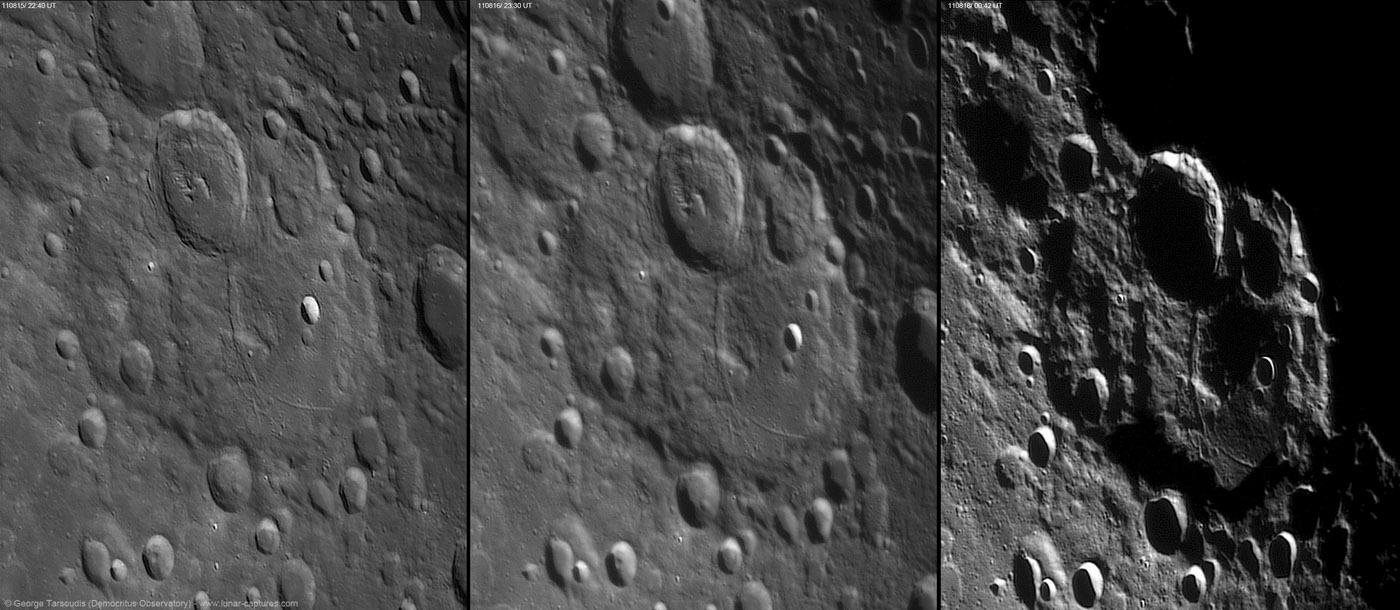Difference between revisions of "September 3, 2011"
| Line 3: | Line 3: | ||
<!-- ws:start:WikiTextHeadingRule:0:<h1> --> | <!-- ws:start:WikiTextHeadingRule:0:<h1> --> | ||
<!-- ws:start:WikiTextLocalImageRule:6:<img src="/file/view/LPOD-SEPT3-11.jpg/250443572/LPOD-SEPT3-11.jpg" alt="" title="" /> -->[[File:LPOD-SEPT3-11.jpg|LPOD-SEPT3-11.jpg]]<!-- ws:end:WikiTextLocalImageRule:6 --><br /> | <!-- ws:start:WikiTextLocalImageRule:6:<img src="/file/view/LPOD-SEPT3-11.jpg/250443572/LPOD-SEPT3-11.jpg" alt="" title="" /> -->[[File:LPOD-SEPT3-11.jpg|LPOD-SEPT3-11.jpg]]<!-- ws:end:WikiTextLocalImageRule:6 --><br /> | ||
| − | <em>images by [mailto://gtarsoudis@gmail.com | + | <em>images by [mailto://gtarsoudis@gmail.com George Tarsoudis], Greece</em><br /> |
<br /> | <br /> | ||
Having finally repaired my mount I was able to observe with my telescopes for the first time in many months. An object that attracted my attention<br /> | Having finally repaired my mount I was able to observe with my telescopes for the first time in many months. An object that attracted my attention<br /> | ||
| Line 11: | Line 11: | ||
a remnant of the central peak. So external forces rather than internal ones made this topography. But doming would be an attractive idea for doming<br /> | a remnant of the central peak. So external forces rather than internal ones made this topography. But doming would be an attractive idea for doming<br /> | ||
and splitting of stretched crust could account for the existence the Janssen's big curved rille. I must admit that I did not see the rille while observing.<br /> | and splitting of stretched crust could account for the existence the Janssen's big curved rille. I must admit that I did not see the rille while observing.<br /> | ||
| − | The clock drive wasn't working, nor was the manual right accession slow motion control. I observed with an [http://web.utanet.at/sabanahm/tahir/intes.htm | + | The clock drive wasn't working, nor was the manual right accession slow motion control. I observed with an [http://web.utanet.at/sabanahm/tahir/intes.htm Intes 6" f/12 Mak] that has excellent optics,<br /> |
| − | and experienced first light with a new [http://www.astronomytechnologies.com/product.asp?id=15496&c=10607 | + | and experienced first light with a new [http://www.astronomytechnologies.com/product.asp?id=15496&c=10607 Astro-Tech 6" f/9 Ritchey-Chrétien.] At low powers the RC provided images as stunning as the Mak, and they<br /> |
were quite good at 100X, but the view was softer at higher magnifications. The Astro-Tech is a beautiful, well made instrument with excellent focuser,<br /> | were quite good at 100X, but the view was softer at higher magnifications. The Astro-Tech is a beautiful, well made instrument with excellent focuser,<br /> | ||
but its large secondary - it is an astrograph - probably slightly degrades visual imaging. At $299 this is an amazing buy and I am glad to have one.<br /> | but its large secondary - it is an astrograph - probably slightly degrades visual imaging. At $299 this is an amazing buy and I am glad to have one.<br /> | ||
<br /> | <br /> | ||
| − | <em>[mailto:tychocrater@yahoo.com | + | <em>[mailto:tychocrater@yahoo.com Chuck Wood]</em><br /> |
<br /> | <br /> | ||
<strong>Technical Details</strong><br /> | <strong>Technical Details</strong><br /> | ||
| Line 23: | Line 23: | ||
<strong>Related Links</strong><br /> | <strong>Related Links</strong><br /> | ||
Rükl plate [http://the-moon.wikispaces.com/R%C3%BCkl+67 67]<br /> | Rükl plate [http://the-moon.wikispaces.com/R%C3%BCkl+67 67]<br /> | ||
| − | George's lunar [http://www.lunar-captures.com | + | George's lunar [http://www.lunar-captures.com website]<br /> |
<br /> | <br /> | ||
<hr /> | <hr /> | ||
Revision as of 17:38, 11 January 2015
Three Are Better Than One

images by George Tarsoudis, Greece
Having finally repaired my mount I was able to observe with my telescopes for the first time in many months. An object that attracted my attention
on Thursday and Friday nights was Janssen. George's right-most image reminds me of Thursday's observation (although with opposite lighting) with
a large mound visible in the middle of Janssen. Telescopically, this looked like a doming of the floor, adding another complexity to this strange con-
catenation of craters. But George's higher Sun middle image shows that the elevation is due to a mass of ejecta from Nectaris/Fabricius and perhaps
a remnant of the central peak. So external forces rather than internal ones made this topography. But doming would be an attractive idea for doming
and splitting of stretched crust could account for the existence the Janssen's big curved rille. I must admit that I did not see the rille while observing.
The clock drive wasn't working, nor was the manual right accession slow motion control. I observed with an Intes 6" f/12 Mak that has excellent optics,
and experienced first light with a new Astro-Tech 6" f/9 Ritchey-Chrétien. At low powers the RC provided images as stunning as the Mak, and they
were quite good at 100X, but the view was softer at higher magnifications. The Astro-Tech is a beautiful, well made instrument with excellent focuser,
but its large secondary - it is an astrograph - probably slightly degrades visual imaging. At $299 this is an amazing buy and I am glad to have one.
Chuck Wood
Technical Details
August 15, 16, & 18, 2011. Newtonian 10 inch @f/6.3 + Unibrain Fire-i 785 camera + 3X barlow + filter Red; Registax.
Related Links
Rükl plate 67
George's lunar website



